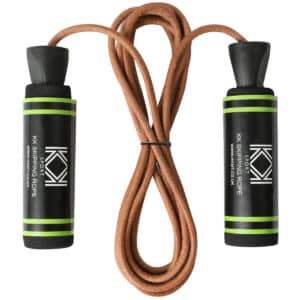As you get older your bones are more vulnerable to Osteoporosis.
Osteoporosis is a condition where your bones lose strength, making you more likely to fracture (break) a bone – even after just a minor bump or fall.
Having osteoporosis doesn’t mean you will definitely break a bone. But it does mean you’re at higher risk than the average person. There are ways of lowering your risk of broken bones – also known as ‘fragility fractures’ – and to live well with osteoporosis.
Symptoms of osteoporosis
An easily broken bone is often the first sign that your bones have lost strength.
One of the most-common broken bones caused by osteoporosis is the wrist – often the result of putting an arm out to break a stumble or fall.
If you’re older and less steady on your feet, a broken hip after an awkward fall is a sign that bones have lost strength.
Strong bones should be able to withstand a bump, or the impact of a fall from standing height. So if you’ve broken a bone easily, speak to your doctor. This is especially important if you have other risk factors for osteoporosis.
Spinal fractures
Another bone commonly broken when bones lose strength is the bones in your spine. This is known as a spinal fracture.
A spinal fracture is when the bones in your spine squash down on themselves, rather than breaking apart.
You may not always be aware a spinal fracture has occurred. Sometimes, spinal fractures don’t cause the pain you’d expect from a broken bone. And, other times, pain can be mistaken for a different condition, such as arthritis.
Osteoporosis can lead to people becoming so frail that just sneezing or coughing might fracture a rib, or gravity alone could crack my spine.
Staying active and doing exercise continues to be important as you get older. It can help make your muscles stronger and helps to keep your bones strong. This makes them less likely to break and develop Osteoporosis. Diet also plays a part including Vitamin D and Calcium rich foods.
What types of exercise help with bone strength and prevent Osteoporosis?
Bones stay strong if you give them work to do. The best way to keep bones strong is to do both weight-bearing impact and muscle-strengthening exercises.
Exercise is important because it can help you to: 
- make your muscles and bones stronger – leading to less broken bones
- improve your balance so you’re less likely to slip, trip or fall
- reduce your risk and symptoms of other medical conditions
- continue to do everyday activities and live independently when you’re older
- improve your brain function, make you happier and build your confidence.
Here are some pieces of equipment that can help prevent Osteoporosis:
- Skipping ropes – helps with coordination, upper body strength and weight bearing.
- Door gym – improve upper body strength.
- Press-ups – load bearing and core strength for better balance.
- Free weights – lifting free weights such as Neoprene Dumbbells can improve upper body strength.
- Resistance bands – these can help with strength and flexibility.
The right exercise regime and equipment can help prevent Osteoporosis. Having that equipment conveniently at home makes it more likely that equipment gets used.
Further reading
Exercise and physical activity for osteoporosis
https://www.nhs.uk/conditions/osteoporosis/prevention/
The strong bones secrets to prevent osteoporosis
Taking the pain out of osteoporosis
Photo by cottonbro studio: https://www.pexels.com/photo/medical-imaging-of-an-injury-on-the-hand-5723874/

